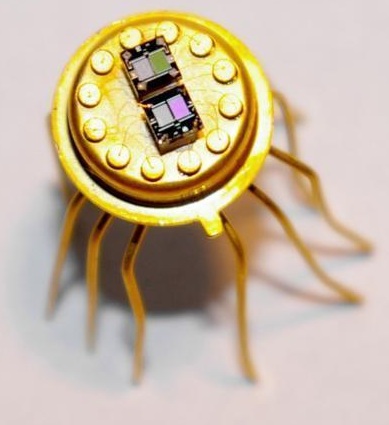
Features
Fruit
Production
New system uses sensors to detect safety, quality of food
September 2, 2009 By Marg Land
 September 1, 2009 — When buying a pineapple, the customer often stands
September 1, 2009 — When buying a pineapple, the customer often stands
helplessly in front of the supermarket shelf – which one is already
ripe? If the fruit is eaten immediately, it’s often still not sweet
enough; if it’s left too long, it has rotten patches. Laboratory tests
are too slow and too costly to provide the answers.
September 1, 2009 — When buying a pineapple, the customer often stands helplessly in front of the supermarket shelf – which one is already ripe? If the fruit is eaten immediately, it’s often still not sweet enough; if it’s left too long, it has rotten patches. Laboratory tests are too slow and too costly to provide the answers.
 |
|
Major suppliers might soon be able to call on the help of a novel system that uses volatile components to detect when the pineapple is ripe and when it can be delivered to the supermarket. The system has been developed by researchers at the Fraunhofer Institutes for Molecular Biology and Applied Ecology IME in Schmallenberg, Germany, and for Physical Measurement Techniques IPM in Freiburg, Germany. It checks gas emissions on-line – directly in the warehouse for instance.
“We have brought together various technologies based on the use of metal oxide sensors, similar to those installed in cars, for example, to close ventilation vents when driving through a tunnel,” explains Dr. Mark Bücking, head of the department at IME. “Researchers at IPM have developed these sensors further. If a gas flows over the sensor, at temperatures of 300 to 400°C, it will burn at the point of contact. The subsequent exchange of electrons changes the electrical conductivity.
“Before the gas reaches these sensors, it has to go through a separation column with polymers. Certain substances are already filtered out here.”
A prototype of the analysis equipment already exists. Initial tests were promising – the system measures the volatile substances just as sensitively as conventional equipment used in food laboratories. In a further step the researchers want to optimize the system and adapt it to specific problems. Bücking reckons the equipment could come onto the market at a four-digit (Euro) price.
Print this page